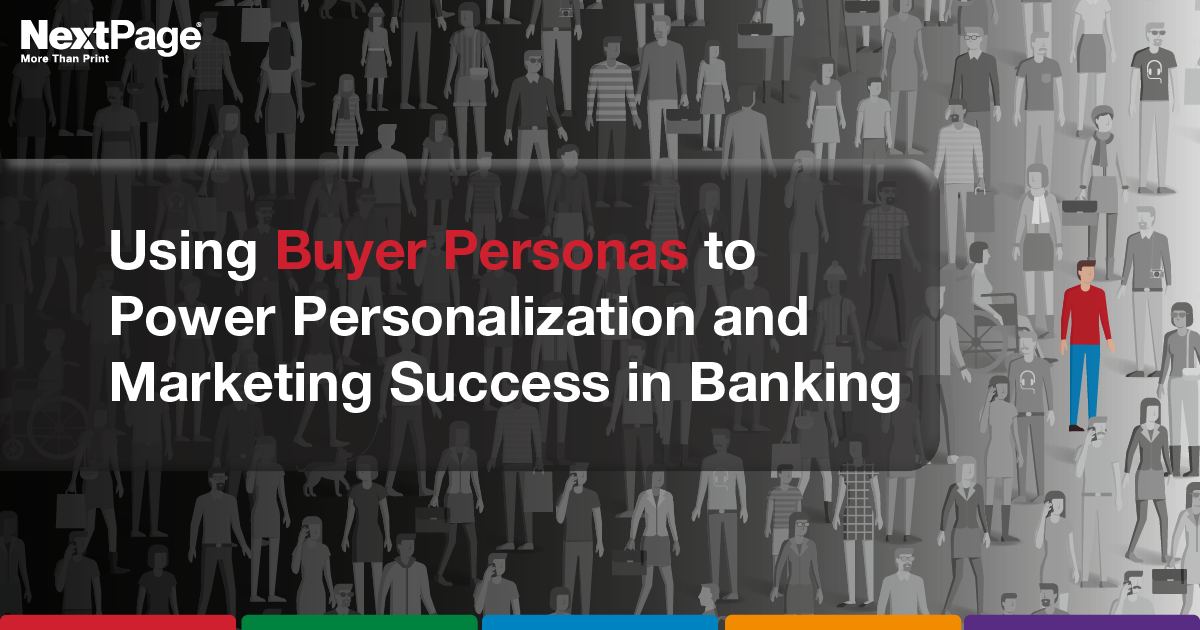Contextual Advertising for Financial Services


Intrusive advertising strategies are out. Instead, marketers are focusing on a different strategy: contextual advertising. How can your financial institution leverage the benefits of this approach to gain and retain customers? Here’s what you need to know.
It’s actually quite intuitive.
Contextual advertising relies on interrelated conditions to determine when to display ads and which ads should be shown. The expectation is that potential buyers are more likely to act or purchase when they’re already seeking related content (i.e., content with similar keywords or talking about related products). It’s different from cookie-based advertising techniques, prompted by in-the-moment user behavior (such as clicking a link). Instead, contextual advertising matches ads with what might motivate someone to visit a page in the first place.
How does it work? It starts with advertising algorithms, which scan pages and process text, metadata, images, and other information about specific pages. The algorithms use Boolean logic to make “if X, then Y” judgments to decide what might interest visitors who are viewing those pages. Then, the program generates and displays ads that align with that interpretation of the content. For instance, as a financial services company, you could find your ads displayed by an article about saving money or credit card security.
It’s an effective strategy, though not entirely without its pitfalls. The biggest concern is that, through no fault of any human, the algorithm might generate ads that “match” the topic of a page but are inappropriate in its specific context (one Forbes uses the example of an artisanal knife ad showing up on a story about a violent crime). Adding “negative keywords” or exclusion parameters helps to reduce the risk of these awkward or opportunistic-seeming moments and improves the likelihood of positive responses.
Why choose contextual advertising?
Privacy is at the forefront of so many people’s minds these days, especially when it comes to digital life. Contextual advertising bases its ads on a webpage, not on tracking user behavior, which automatically makes it feel more secure and less invasive. Financial customers are looking for brands with an ironclad commitment to privacy, so that a non-invasive marketing strategy can be one more point in your favor during a customer’s journey.
According to a study by the Pew Research Center, “72% of people feel that almost all of what they do online is being tracked by advertisers, technology firms, or other companies, and 81% say that the potential risks they face because of data collection outweigh the benefits.” Contextual advertising aims to address that, making customers feel more secure about sharing data in certain circumstances, allowing for more tailored and profitable strategies.
Along with the privacy benefits, contextual advertising works well for overall user experiences. Ads tend to feel less intrusive since they coordinate with the existing content on the page. They’re also likely to improve advertising ROI since they’re presumably being shown to users already interested in related topics. And it fits with current trends where 75% of banks report shifting to a more customer-centric (rather than product-centric) model to better respond to real-time changing needs and retain clients in the long term.
Is Contextual Advertising Effective?
According to Digiday, 45% of marketers said that behavioral advertising (the “intrusive” ads that track users rather than basing ads on websites or pages) had not produced a notable benefit, and 23% said it had caused ad revenue to decline. In contrast, contextual advertising allows companies to get results while building a positive, trustworthy reputation as a brand genuinely concerned with user privacy.
Contextual advertising is also much more personal, which consumers increasingly seek. On the surface, the offerings from most financial institutions probably look similar to the layperson, and most people aren’t likely to engage long enough to become experts on the fine print. As a result, personalization becomes critical – and contextual advertising helps it happen. As IBM explains, “The deep analysis provided by AI is like what a human brain would do when deciding where to place an ad manually, which helps ensure your ad placement is relevant, timely, and of interest to the user. This also creates a more personalized experience for consumers, which is becoming increasingly important to consumers when deciding what brands they want to align with.”
As with any advertising, the key is backing up the ad strategy with tactics to convert leads into banking customers. Research found that only 30% of customer prospects who visit bank websites looking for an account will continue to a product details page, so banks will need a marketing strategy combined with an easy user experience to push those prospects over the finish line. Contextual advertising is a way to get people to visit your page with their interest piqued, but the rest of the process must be equally smooth, with streamlined processes and easy ways to get person-to-person guidance when needed.
Recent Posts
The VDP Secret High-Performers Already Know
The VDP Secret High-Performers Already Know In today's saturated marketing environment, a generic message is…
Connection Is the New Conversion: How Personalization and Print Drive Results
Connection Is the New Conversion: How Personalization and Print Drive Results In a world overwhelmed…
Variable Data Printing: Improving Member Communication
Variable Data Printing: Improving Member Communication In the competitive world of health insurance, effective…
How Targeted Direct Mail Educates Members About New Health Plans
How Targeted Direct Mail Educates Members About New Health Plans Educating members on new…
Using Variable Data Printing to Build Member Engagement Beyond Open Enrollment Period
Using Variable Data Printing to Build Member Engagement Beyond Open Enrollment Period In today's…
Direct Mail Strategies to Enhance Enrollment during Open Enrollment Periods
Direct Mail Strategies to Enhance Enrollment during Open Enrollment Periods The open enrollment period…

